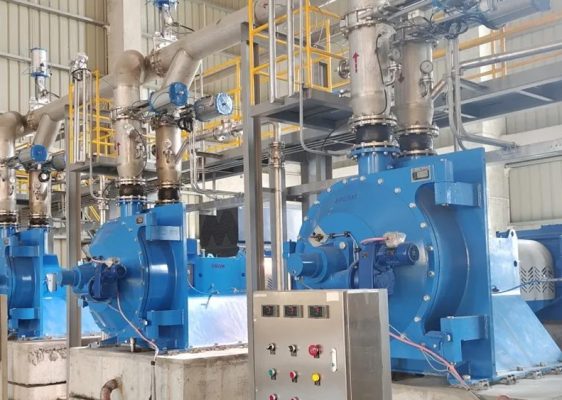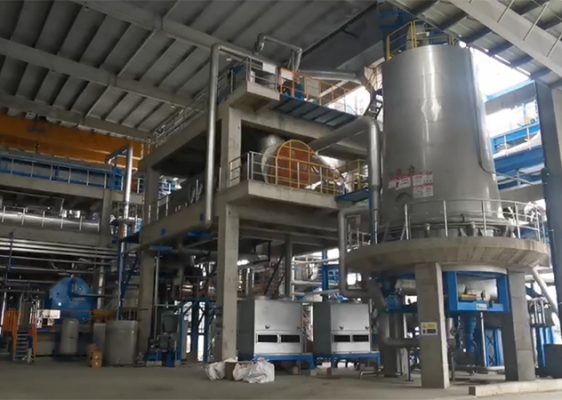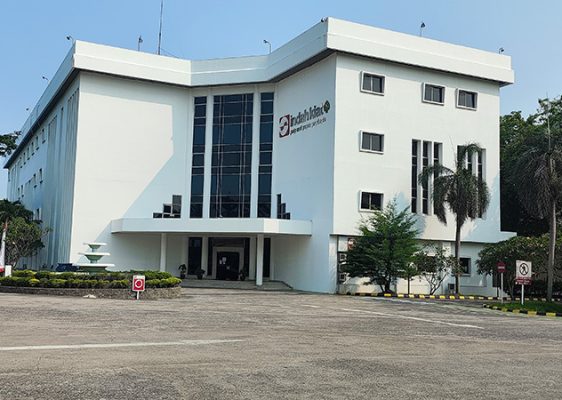The deinkability of conventionally printed products depends largely on the printing technology and on the type of ink applied on the paper substrate, but sometimes also the paper itself (coated or uncoated), and the age of the printed product at the time of deinking.
The Deinkability Score assessment defines categories of printed products with different target values for the deinking result (see article EPRC deinkability assessment). Research institutes have performed almost 600 tests of commercially available print products on behalf of INGEDE.1 One way of displaying the results is according to product categories, as shown in Figure 1, in which each stacked bar represents the average score of a product category. The bars are subdivided into individual scores for the different assessment parameters. From bottom to top the score values for luminosity (Y), colour value (a*), dirt speck area (A 50), dirt speck area (A 250), Ink Elimination (IE) and filtrate darkening (ΔY) are presented. The figures above the bars indicate the number of test results in each category and the share of positive results. The shades of the background represent the different levels of the deinkability assessment. From top to bottom: good, fair, poor and below the x-axis “not suitable for deinking” if one part of the column shows a negative value.

The average deinkability of all printed products examined is assessed as good, i.e. with a score above 70. This is also the case for most of the individual product categories. The left column is the overall average from 582 print product tests from which 76 % obtained a positive deinkability test result. Two exceptions are the categories “Newspapers” and “Low ink coverage products above 75 % brightness” with a “fair” deinkability result on average, meaning a score between 50 and 70 points. By comparing these two categories it becomes obvious that many more newspapers were tested than low ink coverage products (178 to 31). The category of newspapers, which consists mainly of offset printed products, also contains results of flyers printed on newsprint paper and telephone directories. Some of the products in this category are printed with water-based flexographic printing. There are also some inkjet-printed newspapers published at exhibitions and trade shows. 77 % of the tested samples have a positive deinkability result. For low ink coverage products > 75 % brightness the percentage of positive deinking results is much lower (only 55 %).
“Magazines” also include flyers on SC and LWC paper. They comprise offset and rotogravure products. Titles with a circulation above about 200 000 copies are usually printed by rotogravure, the others by offset. In these categories, there are some UV-cured prints and there might be some magazines with UV-cured and varnished covers.
“Low ink coverage products” comprises a wide variety of printed products, usually containing less ink than newspapers and magazines, i.e. transactional prints, books, manuals, forms, tickets, computer print outs and the like. The sub-category with base papers having a brightness of 75 % or lower contains only few samples because most of the prints are printed on woodfree or nearly woodfree paper with high luminosity. In these categories digital prints are prominent.
Source https://forestbiofacts.com/
Case
-
 Five Continents Special Paper 450,000 tons packaging paper Project
Five Continents Special Paper 450,000 tons packaging paper Project
-
 The i-CTMP High Yield Pulping Production line of Shan Ying
The i-CTMP High Yield Pulping Production line of Shan Ying
-
 Shandong Tianhe i-BCTMP pulping line upgrade project
Shandong Tianhe i-BCTMP pulping line upgrade project
-
 Guangxi Sun Cultural Paper
Guangxi Sun Cultural Paper
-
 Qianan Boda Cultural Paper
Qianan Boda Cultural Paper
-
 Vietnam Thuận An Paper PM8 Project
Vietnam Thuận An Paper PM8 Project
-
 EG-Paper Packaging
EG-Paper Packaging
-
 400t/d Bamboo Fiber i-CTMP Project
400t/d Bamboo Fiber i-CTMP Project
-
 Guangxi Kebao ZDG425 Drum Pulper
Guangxi Kebao ZDG425 Drum Pulper
-
 The Rebuild of IKPP OCC Line
The Rebuild of IKPP OCC Line
